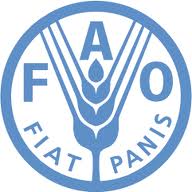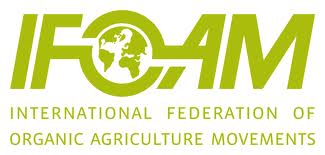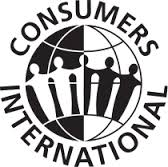Vegetables and Fruits
Vegetables and Fruits
The foods called "vegetables" include:
- Fruits (e.g. tomatoes and pumpkins)
- Leaves (e.g. amaranth and cabbage)
- Roots (e.g. carrots and turnips)
- Stalks (e.g. celery)
- Flowers (e.g. cauliflower)
"Vegetable" is a useful term both in nutrition and in domestic terminology.
The fruits are:
- grown wild
- cultivated
The varieties available at any one time in a given area depend on the climate, the local tastes for fruit, the species cultivated and the season. A few fruit-trees would be a useful addition to all households, both urban and rural.
In developing countries:
- Nearly all types of vegetables are eaten soon after they are harvested
- It is not uncommon for rural people in parts of Asia, Latin America and Africa to forage for an important proportion of the vegetables they consume. With increasing population, however, the availability of wild fruits and vegetables is decreasing. Therefore vegetables are obtained from the farm or the household garden or from the marketplace, neighbours or small stalls along the roadside. When rural families with low income move to an urban environment they may resent having to purchase vegetables, because they are used to being able to gather wild ones or grow their own. They may therefore spend relatively little on this component of the diet.
- Vegetables grown in home and school gardens could be a valuable source of food for the family and the school and could make an important nutritional contribution, particularly to micronutrient intake. Home gardens can be raised with spare family labour and the participation of women and children. It is therefore important for most rural households and virtually every school to devote more time to growing vegetables. A community garden near the village source of water is often a useful adjunct to the villagers' own backyard gardens.
(Source: Foods composition tables, nutrition requirements and food balance sheets, FAO)




